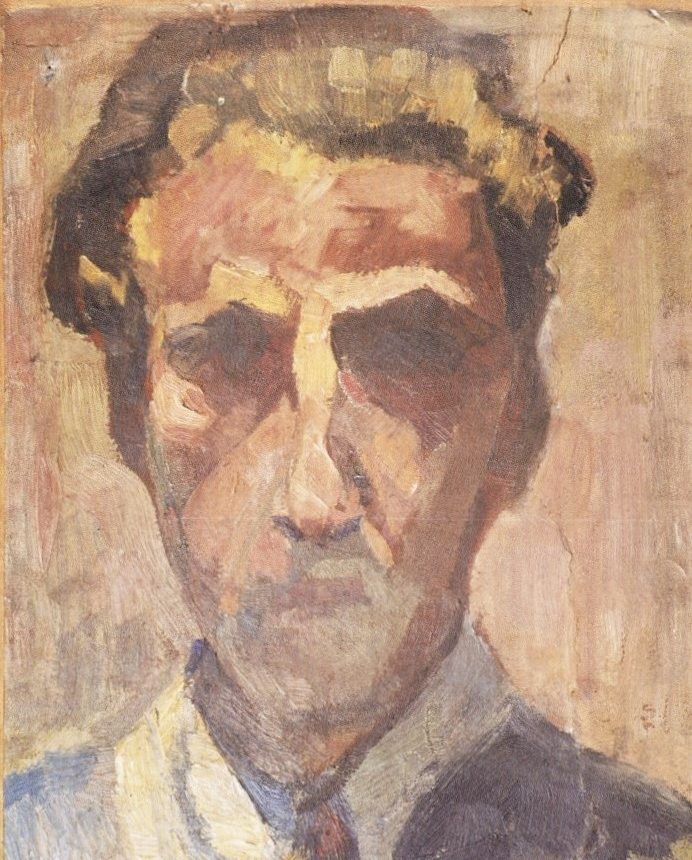Mela MUTER
January 3, 2019Maxa NORDAU
January 3, 2019Vladimir NAÏDITCH
MOSCOW 1903 – PARIS 1980
Vladimir Naiditch was born into a well-off family. He studied drawing at the School of Applied Arts in Moscow and exhibited for the first time at the age of fourteen. He moved to Paris around 1920 and pursued scientific studies at the Lycée Janson-de-Sailly and the Sorbonne University. He devoted his spare time to visiting museums and galleries. Naiditch and his brother were partners in an alcohol distilling company, which enabled him to paint while enjoying financial stability. From 1927 to 1929, he studied at the Grande Chaumiere and Colarossi academies. He studied with André Lhote and befriended the Russian artists in Montparnasse, Jean Pougny, Mikhail Larionov, Kostia Terechkovitch, Ossip Lubitch, and Lazare Volovick. He remained friend with the latter with whom he shared a studio in rue Saint-Jacques. Following a day of work, Voya, as people called him, and his friend Volovick used to stay on the terrace of Le Select bar until late in the night. From 1930 to 1938, Naiditch enjoyed a certain renown. Following several exhibitions, Baron Edmond de Rothschild took an interest in his work. In 1940, he traveled to the United States via Cuba and settled in America. His exhibitions in New York and in Rhode Island were a success. When he returned to Paris in 1946, Naiditch returned to his old studio, which had been ransacked and destroyed by the Nazis.
Stories of Jewish Artists of the School of Paris 1905-1939
FRENCH-ENGLISH
Capitale des arts, le Paris des années 1905-1939 attire les artistes du monde entier. De cette période de foisonnement, un terme est resté, celui d'Ecole de Paris, qui recouvre une grande diversité d'expression artistique. Dans ce brassage dont Montparnasse est le creuset, un groupe se distingue : celui des artistes juifs venus de Russie, de Pologne et d'Europe centrale. Si leurs styles sont variés, un destin commun les rassemble : ils fuient l'antisémitisme de leur pays d'origine. Certains ont connu la célébrité dès les années 1920, tels Soutine, Lipchitz ou Chagall. D'autres n'ont pas eu le temps ou la chance d'y accéder. Près de la moitié a péri dans les camps de concentration nazis.
From 1905 to 1939, Paris attracted artists from all over the globe as the capital of the art world. This period of artistic proliferation became known as the School of Paris, and includes a great diversity of artistic expression. Within the teeming art world centred on Montparnasse, one group set itself apart: Jewish artists from Russia, Poland, and Central Europe. Although their styles were diverse, they shared the common fate of fleeing anti-Semitic persecutions in their home countries. Some became famous in the 1920s, such as Soutine, Lipchitz, and Chagall, while others did not have the time or the luck to gain renown. Nearly half of these artists died in Nazi concentration camps.





